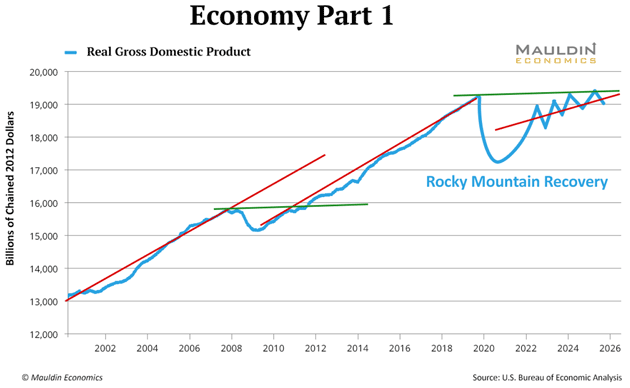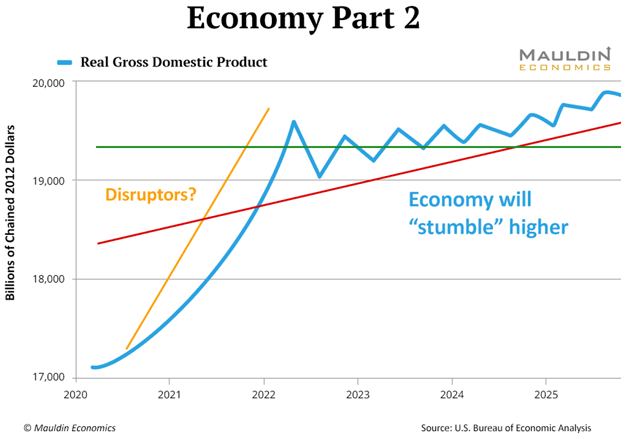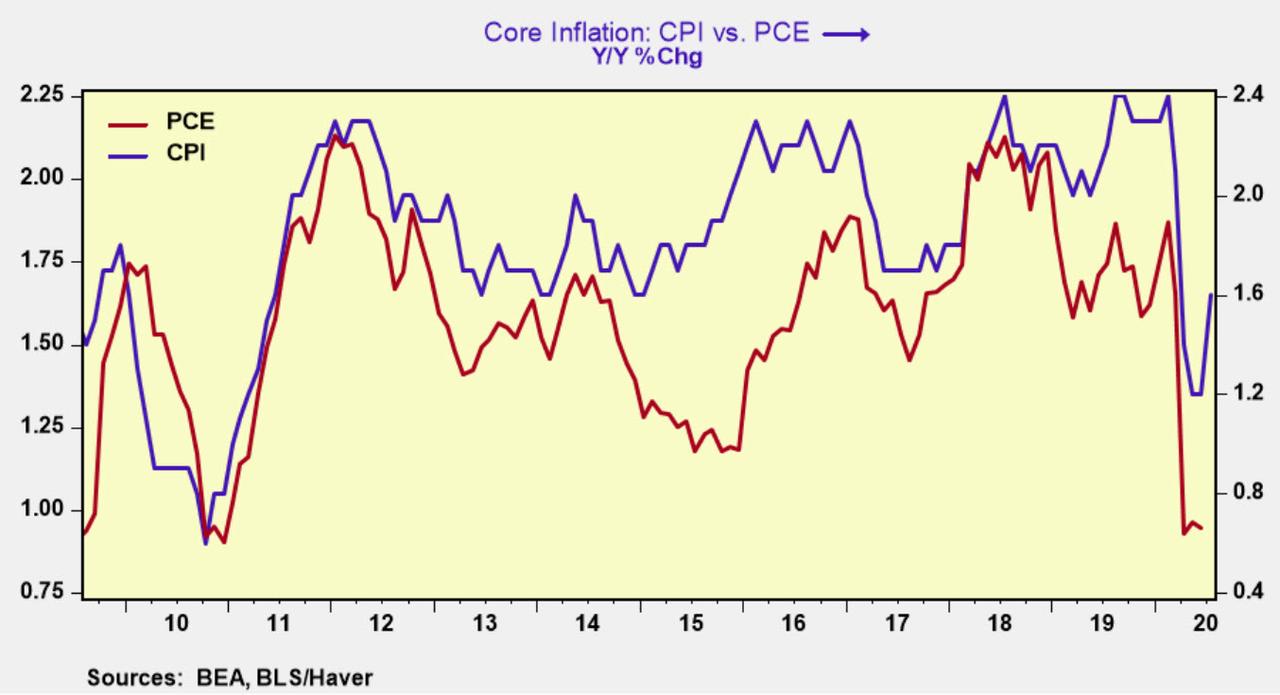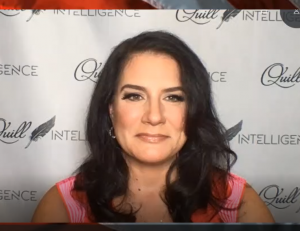Amidst lots of the empty, emotive posturing you get at political conventions, last week’s Democratic gathering featured triumphalist cheerleading for gun restrictions. Sensing ballot-box victory within their grasp, the party’s officials pulled out the stops on threadbare proposals to dismiss self-defense rights and disarm civilians. It was as if the convention had beamed in from 2019, skipping over months of pandemic-driven uncertainty, growing skepticism toward the competency and decency of police, and social unrest that has driven millions of Americans to purchase firearms.
Oblivious to a changing world, political figures are pushing policies for which the moment has passed.
Far from the seats of political power, guns are very popular right now. FBI records of background checks, an indicator of gun sales from licensed dealers, hit an all-time high of 3.9 million in June, up from 2.3 million a year earlier and 1.9 million in June of 2018. The numbers remained high in July, at 3.6 million background checks.
More importantly, industry surveys say that many of those background checks and subsequent purchases involve new gun owners, not just established firearms fanciers adding to personal collections.
“Retailers reported an increased number of first-time gun buyers, estimating that 40 percent of their sales were to this group,” the National Shooting Sports Foundation (NSSF) announced in early June. “This is an increase of 67 percent over the annual average of 24-percent first-time gun buyers that retailers have reported in the past.”
“All this equates to more than 2.5 million new gun owners in a very short period of time,” the NSSF adds.
There’s no mystery about the reasons for the surge in sales.
The year opened with widespread fears that the country’s divisive politics would lead to violence in an election year. “Nearly six in ten Americans agree that there will be protests or rioting in the United States over the next year in response to how the country is being run,” Ipsos reported in January. “Research suggests that many Americans are particularly concerned about the 2020 election cycle.”
That was before the COVID-19 pandemic struck the U.S, resulting in panic-buying that stripped store shelves and lockdown orders that crippled the economy. The Ipsos poll also predated high-profile police violence against civilians—especially the killing of George Floyd and, more recently, the shooting of Jacob Blake—that brought Black Lives Matter protesters and then rioters into the streets in many cities.
Along the way, many Americans lost faith in the government’s ability to make intelligent judgments and keep the peace, and the fairness and decency of law enforcement officers.
As a result, Americans are purchasing firearms in record numbers. And many of those buyers are from outside the ranks of traditional firearms fans.
In recent years, gun ownership has come to have a distinct partisan and demographic flavor. Republicans are more than twice as likely as Democrats to say that they own a gun. “White men are especially likely to be gun owners: About half (48%) say they own a gun, compared with about a quarter of white women and nonwhite men (24% each) and 16% of nonwhite women,” notes Pew Research.
That has made restrictions on the means for self-defense an easy sell for Democratic officeholders. Gun laws have been convenient weapons for targeting political enemies without offending supporters.
But the world is changing. According to the NSSF, “40 percent of first-time gun buyers in the first four months of 2020 were female. The main purchase driver among the group was personal protection, followed by target shooting and hunting.”
African-Americans, who are often unfairly targeted by law-enforcement and have vocally protested such treatment, are stocking on up on tools to defend themselves, too.
“The highest overall firearm sales increase comes from Black men and women who show a 58.2 percent increase in purchases during the first six months of 2020 versus the same period last year,” the NSSF noted in July.
Black Americans have armed themselves to push back against police, to put racists on notice, and to protect their homes and businesses.
“The arrival of militia members and armed private citizens is to be expected in cities where there is intense fallout from fatal use-of-force incidents,” Reason‘s Zuri Davis wrote in May. “Black activists, some inspired by the likes of Malcolm X and the Black Panthers, are using their guns to remind the public that they, too, have a voice.”
To this growing constituency for owning firearms, gun-controllers have a clunky, tone-deaf message: Vote for us and we’ll pass laws that make it harder for you to protect your families! Even better, those laws will give the cops you’re protesting more excuses to hassle you!
Obsessed with winning control over the federal government and punishing their hated political opponents, mostly Democratic gun control advocates failed to notice that the policies they favor were crafted for a world in which much of the population generally trusts government and its enforcers. That world was always largely imaginary; trust in government has sunk for years, and large majorities of African-Americans have long harbored doubts about law enforcement. But whatever was real about that image of the world has been swept away by recent events.
The world of 2020 is one in which gun ownership is losing its status as a partisan marker and becoming an expression of reliance in self and community across the population. Politicians still peddling schemes for restricting firearms ownership are asking the public to put their lives in the hands of a government they don’t trust, with those laws to be enforced by police in whom there’s record low confidence. If implemented, those laws won’t hurt just political enemies; they’ll also harm growing ranks of new gun owners among groups that were once assumed to be reliable supporters of restrictions.
The politics of guns are changing in a year that has demolished old arguments for gun control. Politicians need to catch up with the new reality.

from Latest – Reason.com https://ift.tt/2CZPer1
via IFTTT





